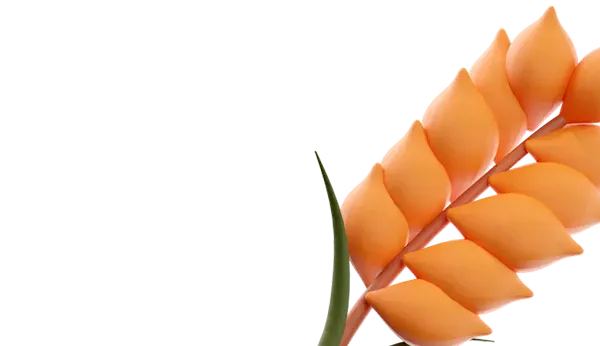Usually, potatoes are grown year after year in the same areas in summer cottages, which eventually leads to a decrease in the natural fertility of the soil and its acidification. Acidification, on the one hand, can be beneficial in combating common scab.
One of the main chemical properties that affects the use of nutrients in the soil is its pH. Many soils used for potato cultivation are becoming increasingly acidic due to the use of ammonia fertilizers and leaching of cations from the root zone of plants. Acidic conditions, generally, are beneficial as they reduce the risk of common scab (Streptomyces scabies), which most often occurs when the soil pH is above 5.5. To avoid potential scab problems, lime additives are often avoided, but this approach can lead to nutrient imbalance. When the soil pH drops below 4.9, nutrient deficiency becomes a problem and negatively affects the yield.
To obtain large tubers in monoculture potato fields, it is recommended to use a fertilization program specially designed for this crop.
Potatoes are a crop that requires a large amount of nutrients throughout the growing season. Initially, complex fertilizers with nitrogen are applied, then other types of top dressing are used. At this time, phosphorus and potassium, as well as trace elements such as calcium, zinc, and boron are necessary. It is particularly important to provide plants with the appropriate amount of these nutrients during unfavorable seasons, when rain or drought can adversely affect the formation of healthy tubers with strong skin, which can lead to bruises during harvesting.
The soil fertility level decreases as plants absorb nutrients from the soil. Fertilizing in August allows replenishing the nutrient reserves and strengthening the skin of the tubers, making them more resistant to diseases and bruises. Timely fertilization helps achieve the necessary maturity of the crop by the time of harvesting.
Phosphorus and Potassium
By the end of summer, foliar liquid fertilizers are usually used, as there is no longer time for potatoes to assimilate granules in the soil. Spraying phosphorus on the leaves, done in August, contributes to an increase in tuber size and starch content. It is important to note that soil phosphorus is primarily absorbed by root tips during active growth. When the root system stops growing, phosphorus absorption through the soil significantly decreases.
If you dig up some potatoes to check and notice that they are small and watery, you can spray the leaves with liquid fertilizers for tomatoes with a high content of phosphorus and potassium.
Special attention should be paid to potassium, as its deficiency can negatively affect the tubers' ability to recover quickly from damage and resist diseases. Potassium deficiency can also lead to increased bruising during tuber harvesting.
The strategy of potassium top dressing at the end of the season is not always effective, as it takes about three weeks after fertilization for potassium to be absorbed and lead to a positive response in plants.
Zinc
Zinc plays an important role in the formation of periderm, or the outer layer of potato tubers, which protects the internal tissues from pests and diseases. Zinc deficiency can lead to weakening and thinning of the periderm, making tubers more prone to damage during harvesting.
Spraying foliar fertilizers with a high content of zinc allows promptly addressing its deficiency and strengthening the skin of the tubers.
Calcium
Calcium influences the strength of cell walls and the susceptibility of tubers to damage. Potatoes grown in sandy soils often experience calcium deficiency.
The uptake of soil calcium is similar to the process of absorbing phosphorus and potassium and requires active root growth. Therefore, for potato top dressing with calcium at the end of the season, foliar feeding is recommended.
Boron
Boron plays an important role in various physiological processes, including the formation of cell walls and cell division. It is particularly important for the development and strength of the skin of potato tubers.
Boron deficiency in potato plants can lead to thinning and weakening of the skin, making tubers more susceptible to damage during harvesting and storage.
Foliar fertilization using boron involves applying its solution directly to the plant leaves. This method allows promptly addressing boron deficiency and can be useful for its implementation throughout the entire growing season.
Preparing a boron solution for potatoes is quite simple: dissolve about 5-6 g of boric acid, equivalent to a teaspoon, in ten liters of water. Initially, pour a small amount of warm water into a bucket, add the boron powder, and stir well until completely dissolved, gradually adding the remaining warm water. After complete dissolution, adjust the water volume to the desired level and use the solution for spraying.

 Trading platform
Trading platform 
 Monitoring
Monitoring  Express applications
Express applications 
 Fork Work
Fork Work 
 Service
Service  News
News  Directory
Directory 













